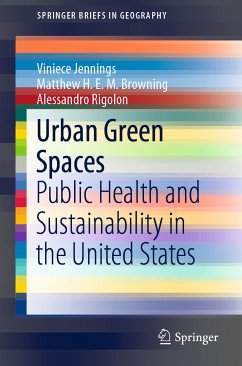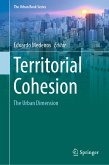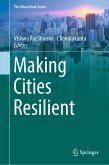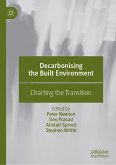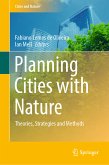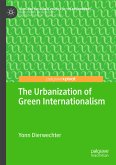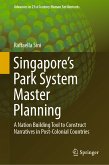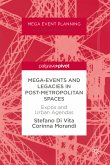For centuries, scholars have observed the range of health benefits associated with exposure to nature. As people continue to move to urban areas, it is essential to include green spaces in cities to ensure sustained human health and well-being. Such insights can not only advance the science but also spark interdisciplinary research and help researchers creatively translate their findings into benefits for the public. The book explores this topic in the context of 'big picture' frameworks that enhance communication between the environmental, public health, and social sciences.
Dieser Download kann aus rechtlichen Gründen nur mit Rechnungsadresse in A, B, BG, CY, CZ, D, DK, EW, E, FIN, F, GR, HR, H, IRL, I, LT, L, LR, M, NL, PL, P, R, S, SLO, SK ausgeliefert werden.

